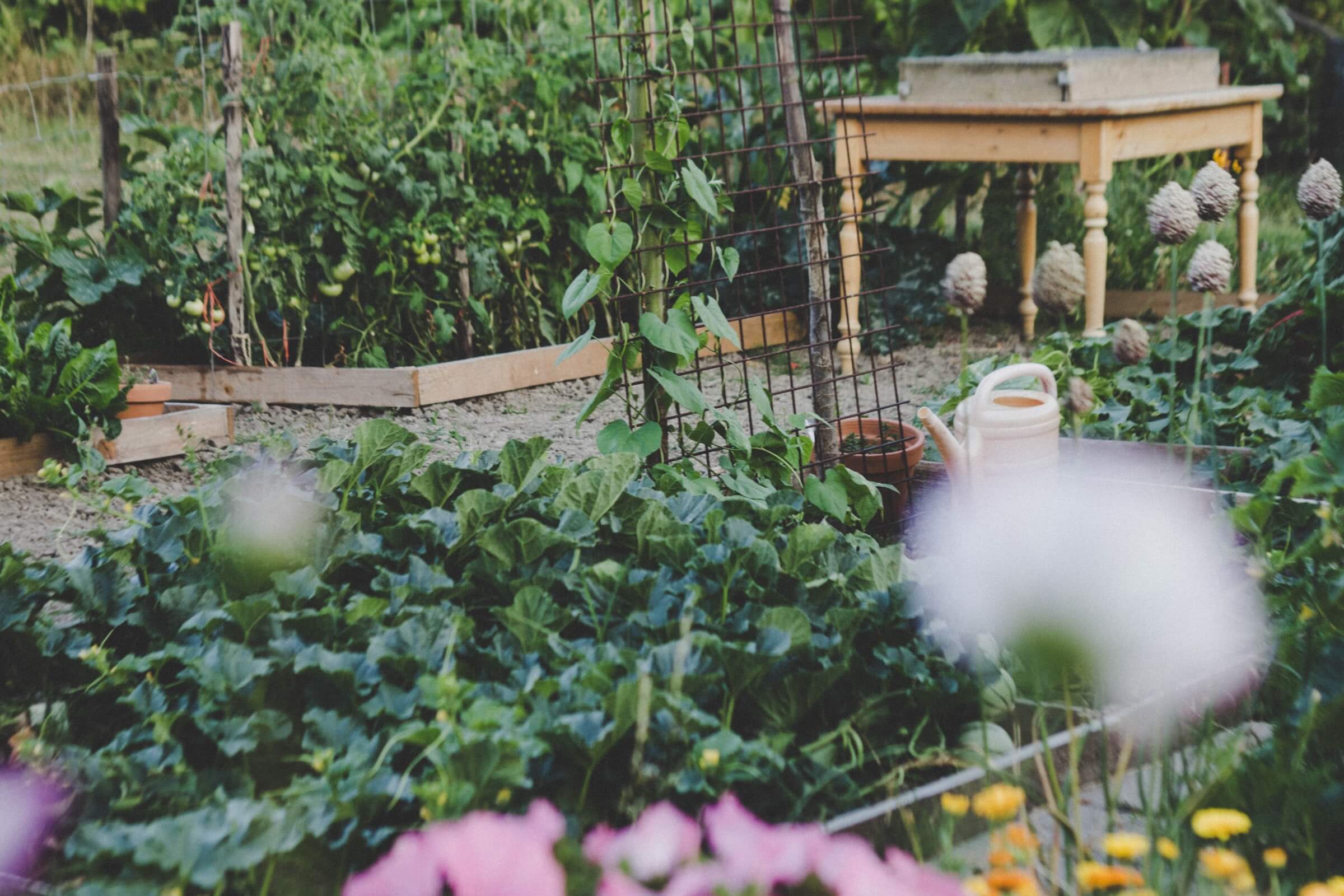Designing and optimizing a recipe for distributed, small-scale food production in temperate climates
Introduction
I’ve been considering these concepts for a few years, and after spending a few years living in a small, economically-challenged community - I started to develop some ideas on how to power food sovereignty alongside traditional food sources like foraging, hunting, and fishing.
Distributed small-scale food production: A potential solution
I realize this may be an idealistic approach, assuming people will be willing to take on the burden of learning new skills like animal husbandry, the many aspects of gardening, and the inevitable food preparation skills that are required to manage the outputs of such a system.
This being said, I think this could work for a minority of interested folks, and allow a more refined approach to a more accessible, possibly larger and possibly communal systems.

Ingredients
Requirements
This list will need to be specific to each region such a system would be rolled out in. For this system to work, we should define each required _niche_ or _zone_ (medicine, staple, protein, etc) as well as the _method_ (intensive row-based or food-forest style) based on an amount of land/space available.
- The system should not:
- Be a replacement for the grocery store
-
Be expected to feed a whole family exclusively
- The system should:
- Follow the principles of permaculture
- Be supplementary to regular food purchasing/foraging/consumption
- Be easy to set up and get rolling (beginner crops for beginners)
- Maintenance should decrease year-over-year
- Material inputs should be free and should utilize waste products (compost, greywater) whenever possible
- Output should increase year-over-year
- Be scalable and easy to replicate
- Be easy to substitute items based on personal preference/needs
- Should support a range of diets
- Each element should serve two or more functions
- Work towards larger-scale, localized, community-supported agriculture projects
Elements
-
Staples - Something that is substantial, and worthy of being a main course. At least 2 crops in case of failure, most often annuals
-
Medicine - Teas, herbs, healthful foods. Can easily grow 3+, often perennials
-
Fertilizer/Mulching - Beneficial to growth or maintenance of the entire system (preferably edible)
-
Greens - Important for health, and fulfilling an important niche in western diets
-
Supplementary - Snacking foods, processable foods for jams or sauces
-
Protein - Most likely and accessible item is egg production, but not legal everywhere
-
Surplus - For use in feeding animals, wildlife, crafting, or trading with neighbours
Example system
Based on my experiences living and growing in the temperate coastal rainforests (zone 7b), I’ve developed this example/conceptual list to complement the locally available forage:
- Staples (2+)
- Spaghetti squash / Acorn / butternut - for its many benefits (groundcover, mulch, seed production, hardiness)
- Potatoes - would require creative integration if using _food forest_ method
- Medicine (2+)
- Mint / lemonbalm / lavender / rosemary
- Currants / Seabuckthorn
- Fertilizer/Mulching (1 per season)
- Comfrey
- Clover / alfalfa
- Pigeon peas / siberian peas
- Nasturtium
- Greens (2+)
- Arugula
- Kale
- Giant red mustard
- Chard
- Supplementary (2)
- Cucumber
- Apple tree (on Pacific crab-apple stock) / currant / blueberries / strawberry / raspberry
- Tomatoes
- Chives
- Protein (either/or)
- 3x hens / ducks
- Chickpeas / beans
- Surplus
- Double-up on at least 2 choices from above
Other considerations (to be developed further)
-
How can we empower economically-challenged communities through the use of food sovereignty?
-
What would it take to convert the average non-gardener to start growing a sufficient amount of food?
-
What would it take for the average non-gardener to benefit (enough to support) from an intensive, cooperative, multi-cultured field-cropping or food forest system?
-
How far can we scale such a system if it does exist?
-
What are the required inputs — like space, water, and fertilizer?
-
What are the minimal outputs to make this a worthwhile endeavor?
Next steps
Get creating! As they say:
The best time to plant a tree, is 10 years ago. The second best time is now.
- Unknown
If you have any questions, or want to talk about anything, please reach out. And don’t forget to check out the plant database, and create a list of your favourite candidates for your garden.
- Simon 🌱✌️